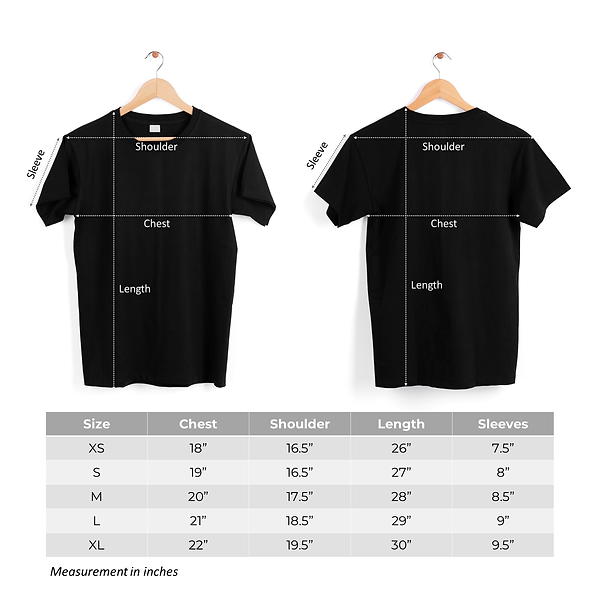Understanding God’s Promise in Jeremiah 29:11
This profound verse offers more than comfort—it reveals the nature of God’s sovereign care and the certainty of His redemptive purposes.
Contextual Foundation
Historical Setting
- Written during Babylonian exile (605-586 BC)
- Addressed to displaced Israelites facing 70 years of captivity
- Counter to false prophets’ promises of quick deliverance
Theological Significance
| Element | Meaning | Implication |
|---|---|---|
| “Plans” (machashabah) | Divine purpose/design | Intentional sovereignty |
| “Prosper” (shalom) | Wholeness/well-being | Comprehensive flourishing |
| “Future” (acharith) | Expected end | Eschatological hope |
Exposition of Key Concepts
1. The Nature of Divine Plans
- Not random: Purposeful divine intentionality (Ephesians 1:11)
- Not limited: Encompasses individual and corporate dimensions
- Not conditional: Rooted in God’s covenant faithfulness
2. Biblical Prosperity
- Distinct from prosperity gospel distortions
- Integrates spiritual and material well-being (3 John 1:2)
- Manifests through redemptive suffering (Romans 5:3-5)
Practical Applications
1. Personal Response Framework
- Trust cultivation: Daily surrender to God’s wisdom
- Present obedience: Faithfulness in current circumstances
- Future orientation: Living in light of eternal promises
2. Community Implications
- Corporate hope in challenging seasons
- Mutual encouragement amid suffering
- Prophetic witness to God’s faithfulness
Common Misinterpretations
1. Prosperity Gospel Distortions
| Misconception | Biblical Correction |
|---|---|
| Automatic material blessing | Matthew 6:33 – Seek first the kingdom |
| Health-and-wealth guarantee | 2 Corinthians 12:7-10 – Grace in weakness |
2. Individualistic Reading
- Original corporate context
- Balancing personal application with communal reality
- Recognizing suffering as part of God’s plan
Theological Connections
1. New Testament Fulfillment
- Christ as ultimate hope (Colossians 1:27)
- Church as continuation of God’s redemptive plan
- Eternal perspective (Revelation 21:1-5)
2. Systematic Theology
- Providence: God’s sovereign oversight
- Eschatology: Certainty of future fulfillment
- Soteriology: Comprehensive salvation
Conclusion: Living the Promise
Jeremiah 29:11 invites us into active trust—not passive waiting—as we participate in God’s unfolding story of redemption, anchored in Christ our hope.

